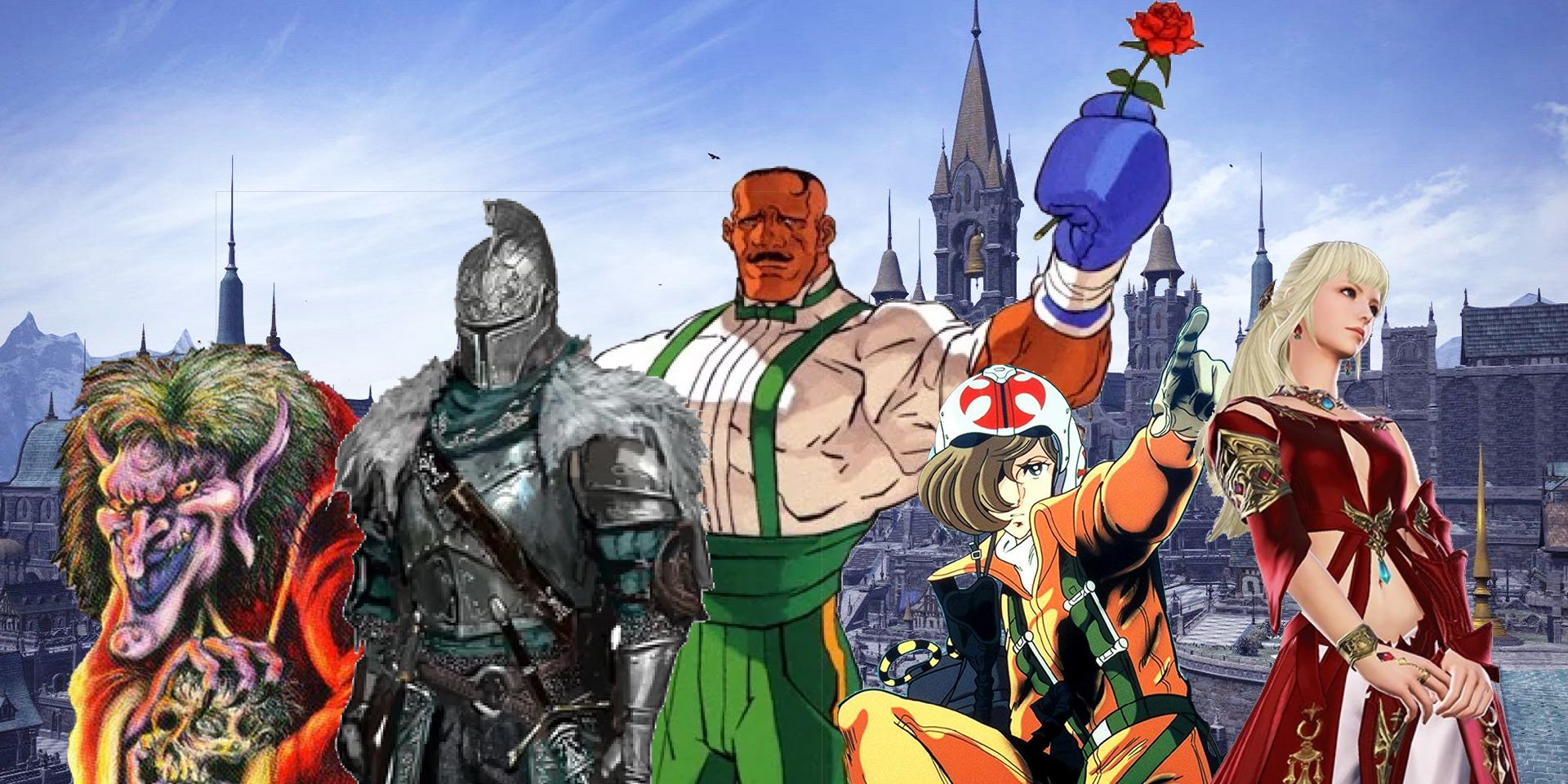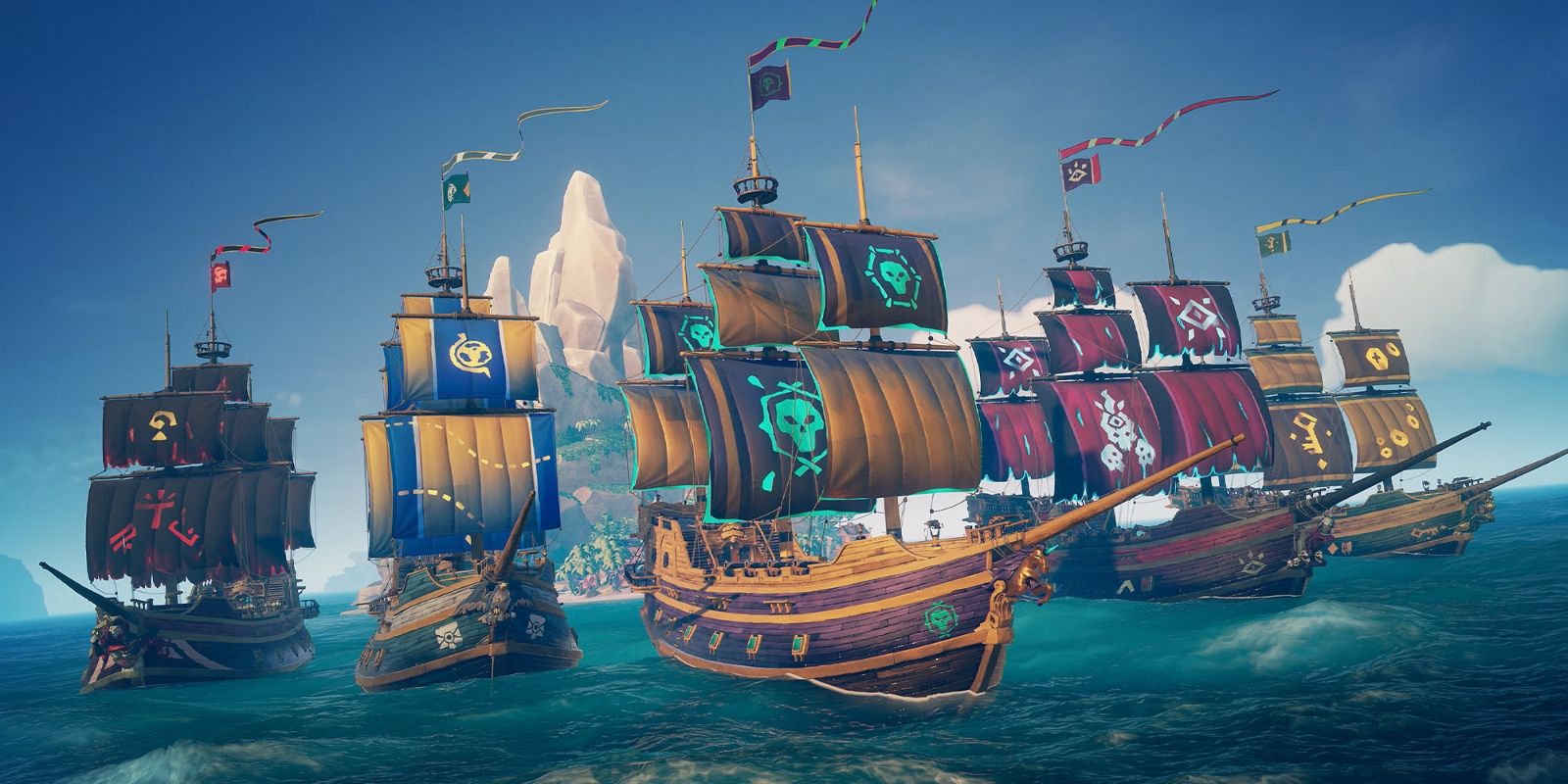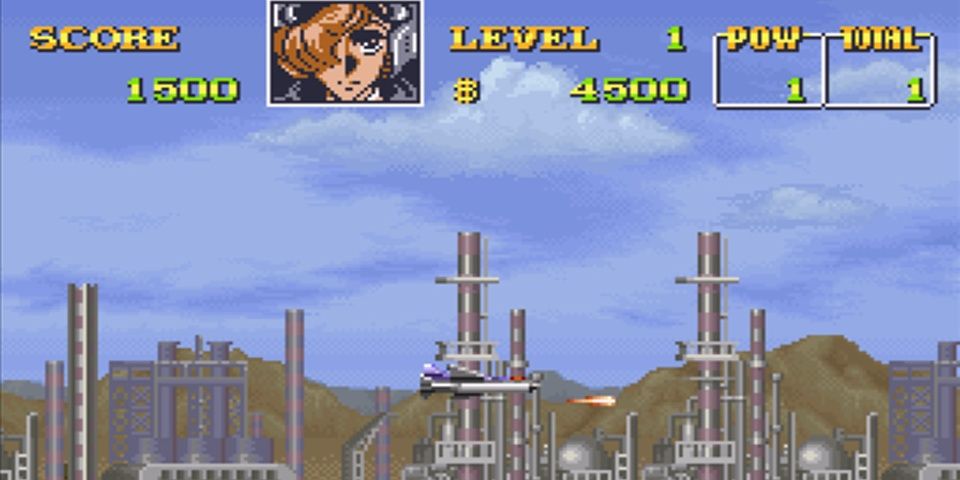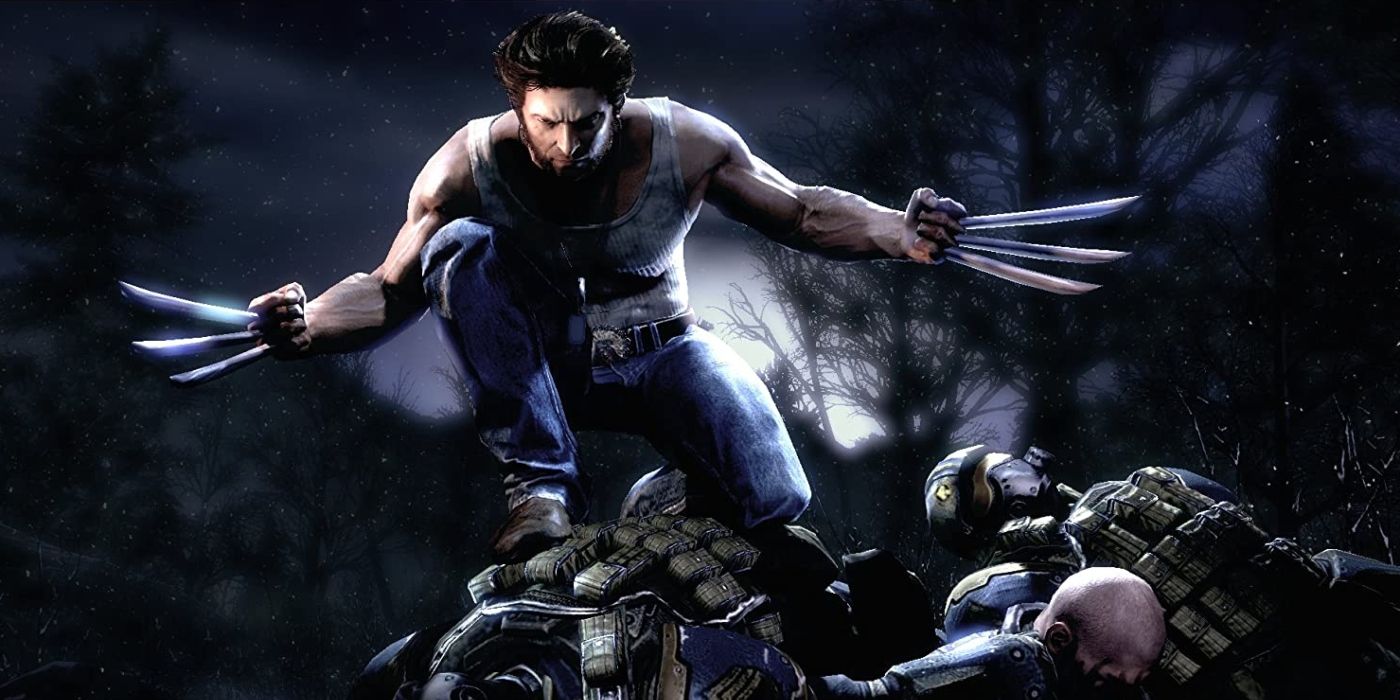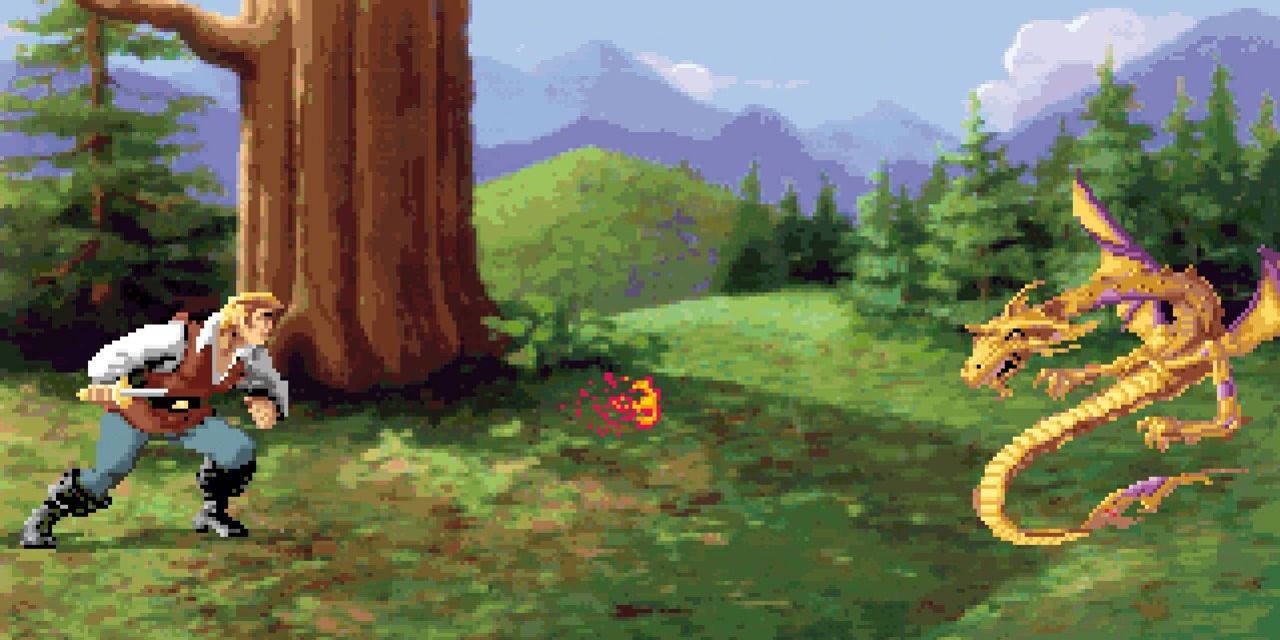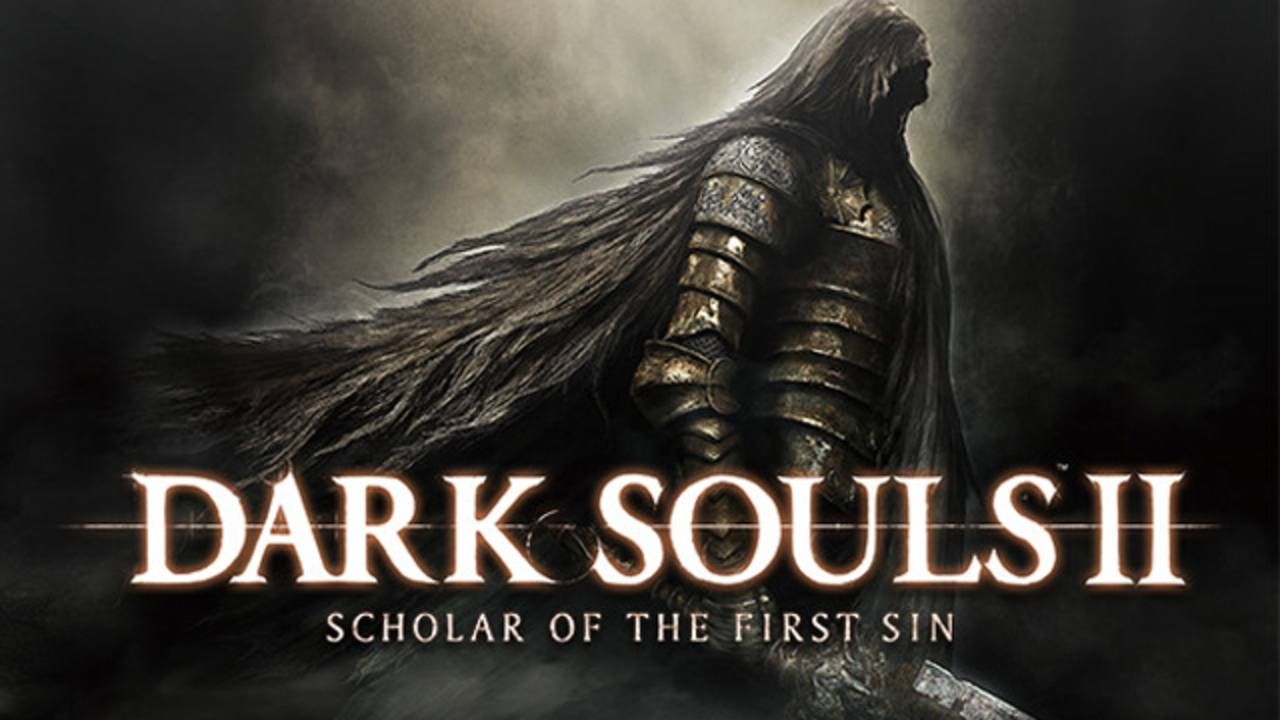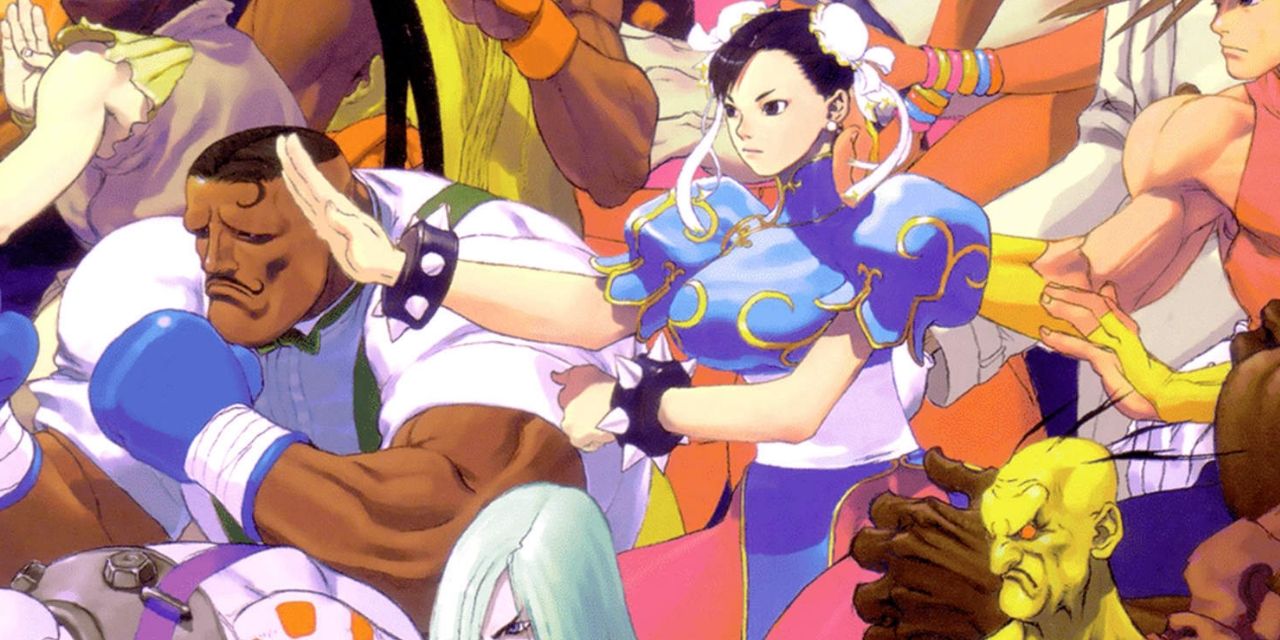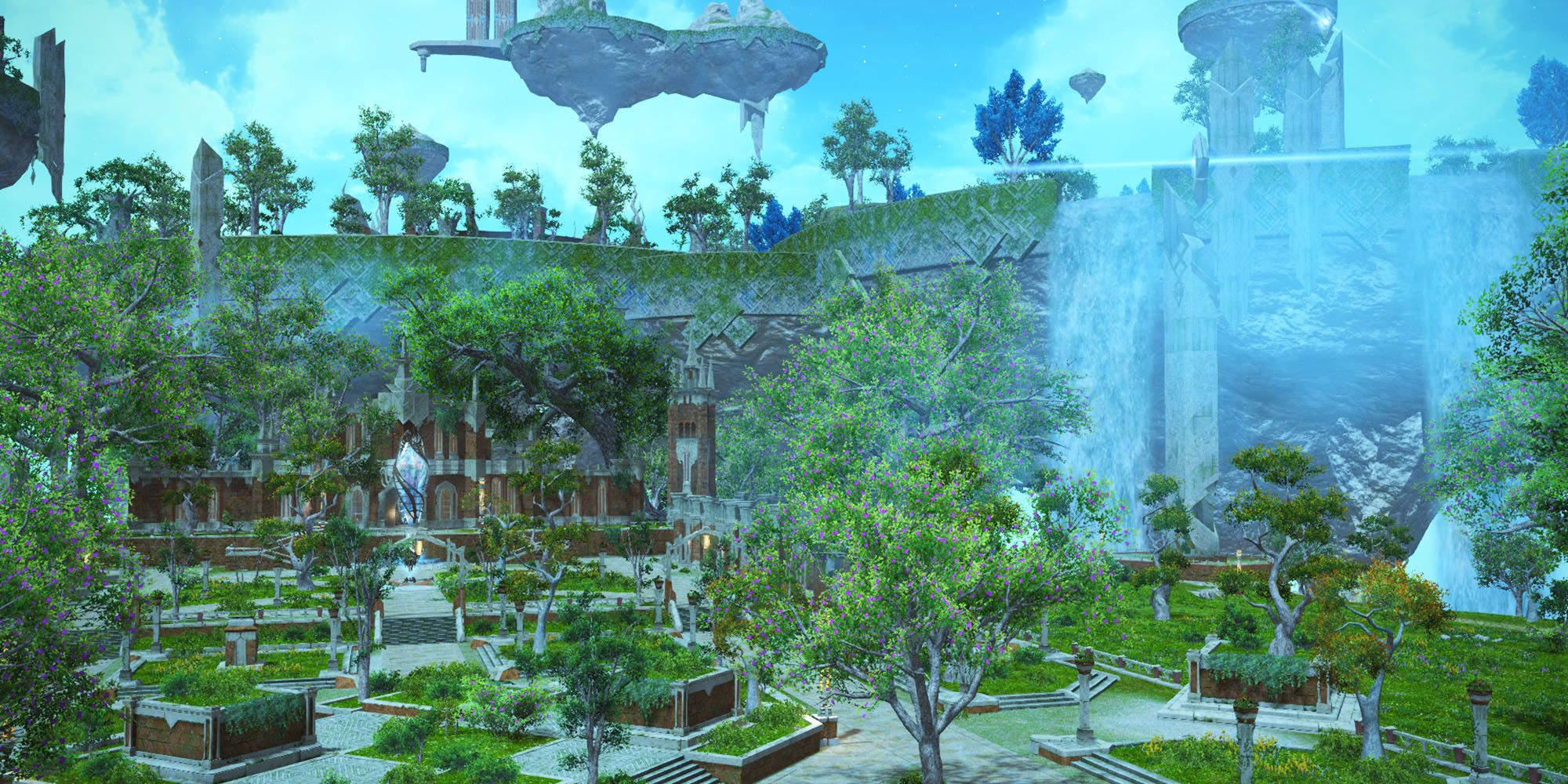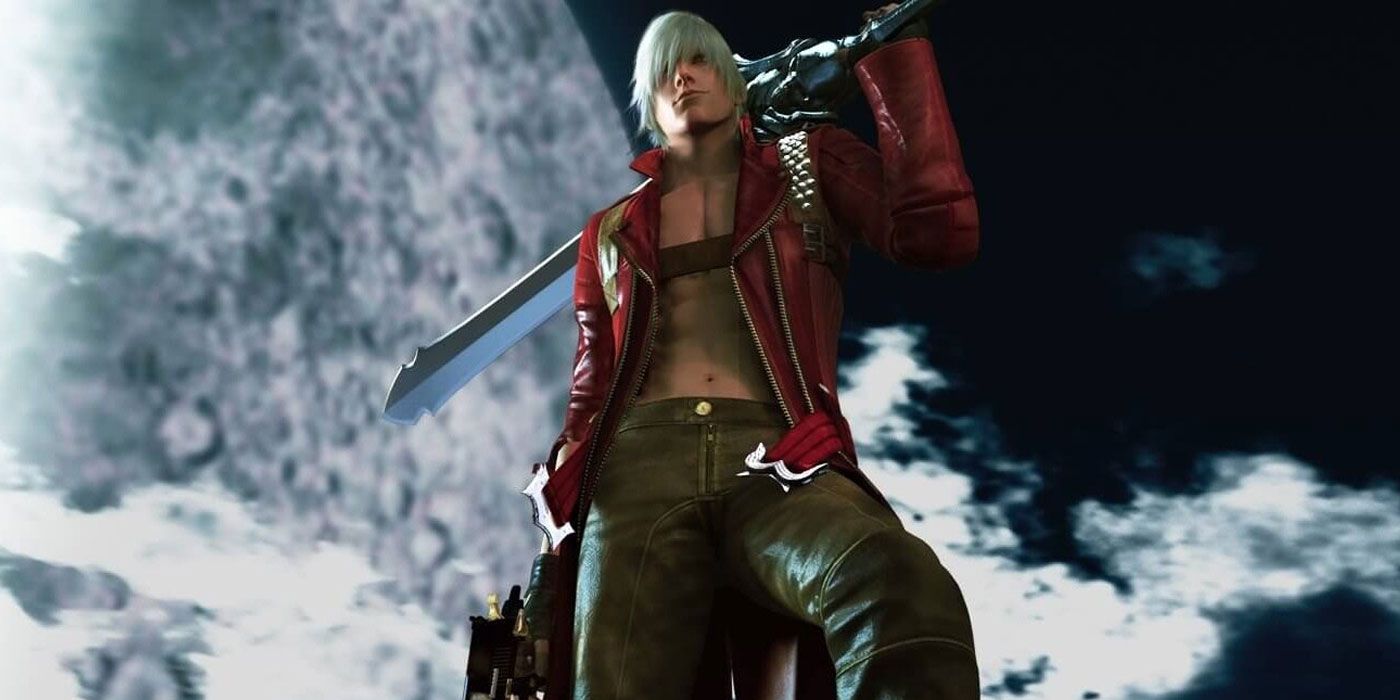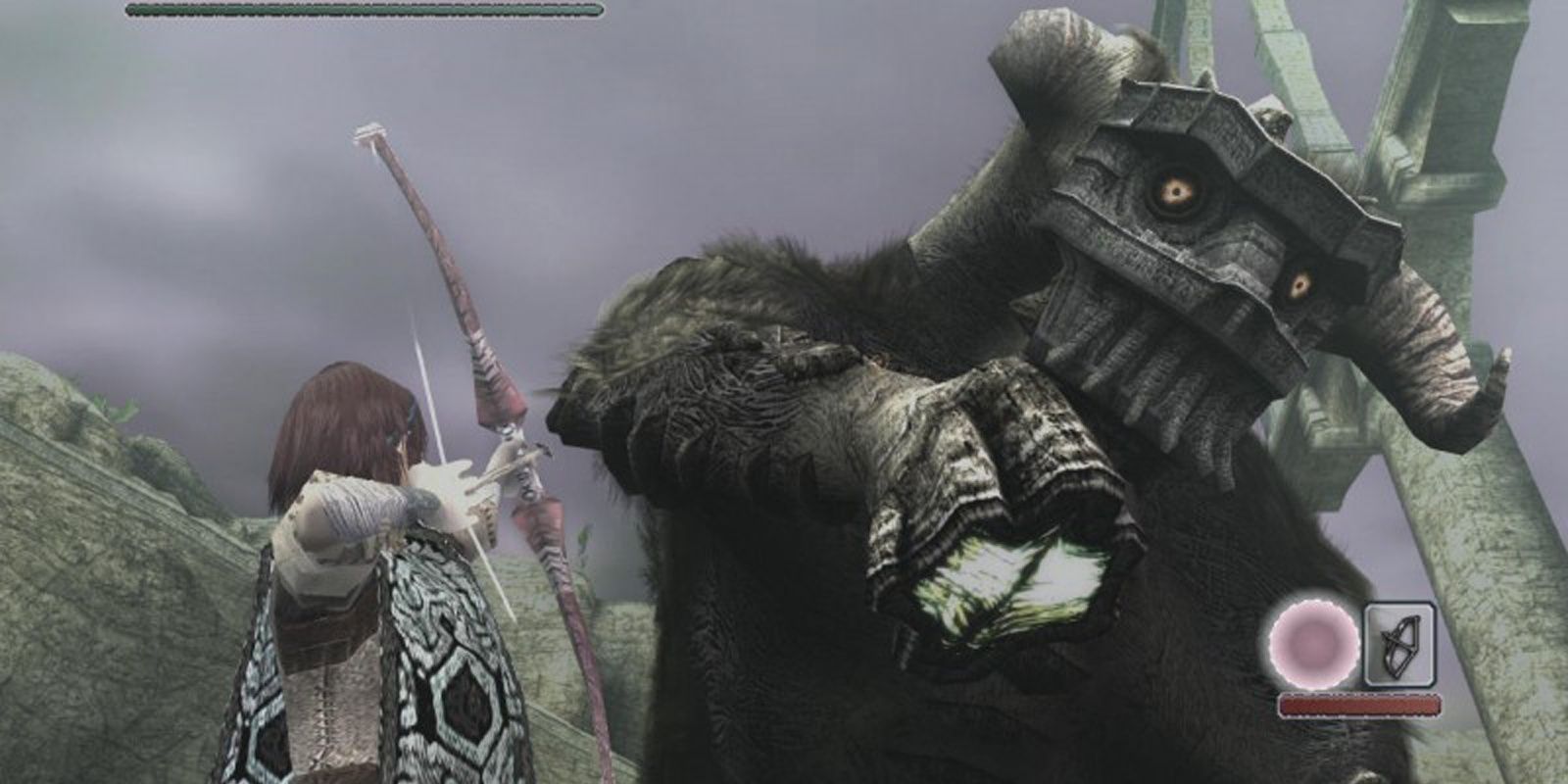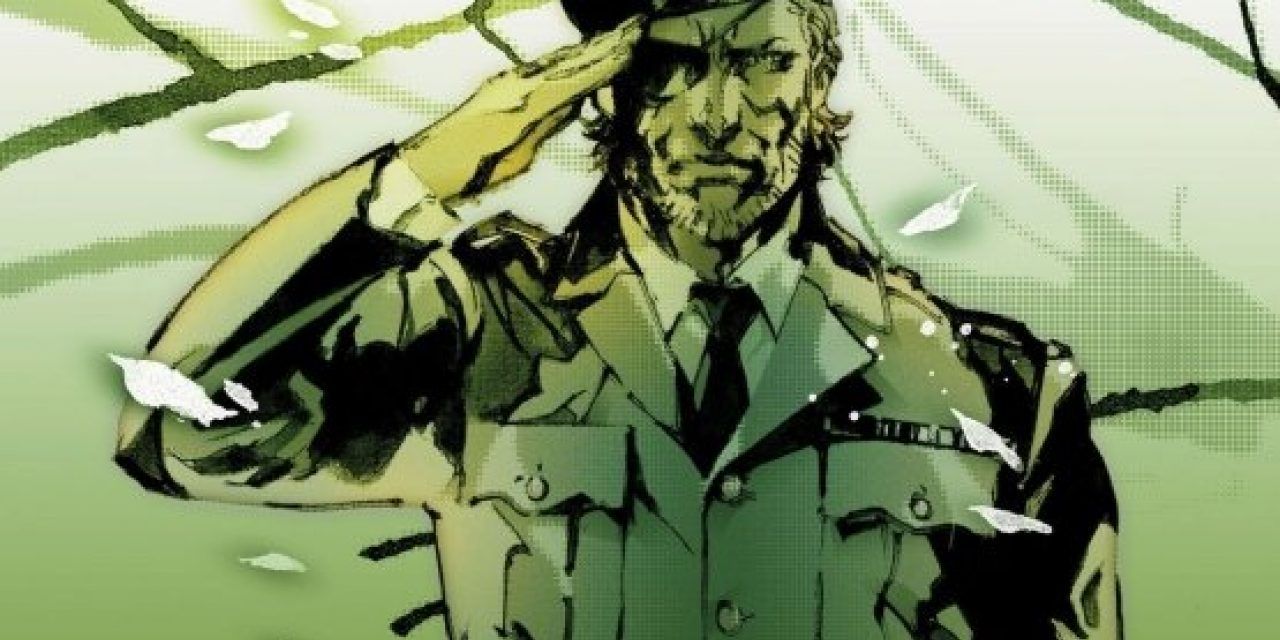Game development is a rough and messy process. With so much on the line and so many restrictions on budget, time, and resources, it should be considered a miracle when any game, even a poor one, can get to a state that's considered shippable. Many developers have to compromise their vision by cutting features or reducing them drastically.
As a result, many games have been rushed out the door to meet a release schedule when they could've benefited from some additional time to iron out certain bugs or flaws. The following games are examples of quality titles that were initially held back some glaring issues but fixed with a subsequent release.
10 Rare and Microsoft Continued To Support Sea of Thieves
Though Rare's pirate-themed MMO has managed to amass over 15 million land-lubbers, its initial Xbox One release was knocked for lacking much content. Fortunately, both Microsoft and the British studio continued to support and add new features to Sea of Thieves long after its 2015 release.
Such additions included the timed Bilge Rat Adventures objectives, the Smuggler's Fortune update, which added a store known as the Pirate Emporium, and a free expansion called A Pirate's Life which incorporated characters and iconography from The Pirates of the Caribbean and Monkey Island.
9 The Home Version Of U.N. Squadron Added Cut Features
Based on the manga series Area 88, U.N. Squadron was a horizontally scrolling shooter with elements of Capcom's other titles, such as 1943 The Battle of Midway. The Super Nintendo port of the game is notable for being one of the few home versions that's regarded as superior to its arcade counterpart.
Rather than each character being assigned to a specific aircraft, a greater variety of planes and weaponry were purchasable in the game's shop. In addition, some bonus stages were added, and the game's mission structure was changed to be far less linear. The home port's only demerit was the omission of the arcade's 2-player mode.
8 X-Men Origins Wolverine Was Uncaged And Free To Cut Loose
In a major deviation from the film that it was based on, X-Men Origins Wolverine did not hold back when it came to depicting what the Canadian mercenary does best. Years before Logan, this game was a bloody and violent action title starring Hugh Jackman that was strictly for mature audiences. That is, provided gamers purchased the Uncaged Edition released for the Xbox 360, PlayStation 3, and PC.
However, PS2 and Wii owners had to contend with the T-rated standard edition, which featured less visceral content, lower quality visuals, and lousy technical performance.
7 The Floppy Version Of Quest For Glory Shadows Of Darkness Was Cursed With Bugs
Shadows of Darkness was the most ambitious title in the Quest for Glory series by boasting a darker narrative, vocal performances by professional talent, and substantial gameplay tweaks. However, the game underwent a hectic development and was rushed out in an unfinished buggy state to meet deadlines. The initial floppy version of the game was borderline unplayable with game-breaking glitches and scripting errors.
While not fixing all the bugs, a later CD release made for a substantially more polished product. Fortunately, a recent fan patch made further adjustments to the game and even discovered over an hour of lost recorded narration from accomplished actor John Rhys-Davies.
6 Scholar Of The First Sin Is What Dark Souls II Should've Been At Launch
The first title in the Souls series not to be headed by creator Hidetaka Miyazaki, Dark Souls II made some changes to the formula that proved to be controversial with long-time fans. One of the most egregious alterations was the addition of safe zones where enemies wouldn't respawn after a certain point.
While an update known as Scholar of the First Sin didn't really change the core experience that much, it made some adjustments to enemy placement, visual fidelity, and pacing that helped make Dark Souls II feel more like the game the initial release should have been.
5 Street Fighter III's Initial Arcade Release Was A Financial Disaster
Street Fighter III: The New Generation had the misfortune of being a 2D fighter released at a time when 3D was all the rage. Though the game sported gorgeous animations not possible on platforms such as the original PlayStation, the lack of familiar fighters other than Ryu and Ken mixed with the more complex fighting mechanics turned newcomers away in the arcades and caused the game to become a financial disaster.
Fortunately, later editions such as 3rd Strike would add old favorites like Chun Li and saw ports on more powerful platforms, such as the Dreamcast. These later releases would help vindicate the game as an overlooked masterpiece.
4 Final Fantasy XIV Floundered In The MMO Scene Before It Was Reborn
At launch, Final Fantasy XIV was easily outclassed by even the most basic MMORPGs on the market. Features that are taken for granted in the genre, such as auction houses, convenient fast travel, or leveling up, were either absent or severely limited compared to competing titles.
Why Square thought it would be a good idea to place arbitrary limits on how much a player can level up or get stronger is beyond baffling. Thankfully, a new division within the company went back to the drawing board and totally revamped the game to become A Realm Reborn.
3 Devil May Cry 3 Special Edition Let Players Choose How Hard They Wanted It
In what seemed to be a response to early previews and an attempt to live up to the first game's reputation for its brutal difficulty, Capcom made the controversial decision to change the Japanese hard mode of Devil May Cry 3 Dante's Awakening to the American normal.
The end result was a game that garnered good reviews in the West but was criticized for being too difficult and excessive for the uninitiated. The Special Edition released shortly afterward addressed complaints critics had with the difficulty and even added a Gold mode which excised the game's limited lives structure.
2 Some Control And Framerate Issues Plagued Ico and Shadow of the Colossus
Both Ico and Shadow of the Colossus are regarded as masterpieces on the PlayStation 2, but their initial releases aren't the ideal way to experience them for various reasons. The North American version of Ico lacked features and content that would later be incorporated in the PAL and Japanese releases, such as the 2-player mode.
Shadow of the Colossus managed to garner acclaim upon release, but it proved too much for the meager PlayStation 2 hardware with severe framerate drops. Thankfully, the HD re-release addressed these issues to become the definitive way to enjoy Ico and Colossus before the latter received a PS4 remake.
1 Metal Gear Solid's Traditional Fixed Camera Was Ill-Suited For Snake Eater
Metal Gear Solid 3 Snake Eater shifted the setting from the cold interiors of Shadow Moses and The Big Shell to the forests of Tselinoyarsk, bringing some changes to the stealth gameplay. With no radar to help them out, players had to rely on their binoculars to see where they were in relation to other guards.
Unfortunately, the environments that players were supposed to sneak in weren't as constrained as in previous entries, making the traditional fixed camera ill-fitting. Fortunately, a full 360 rotating camera was implemented in a later release known as Subsistence, which would become the default for every re-release of the game.

